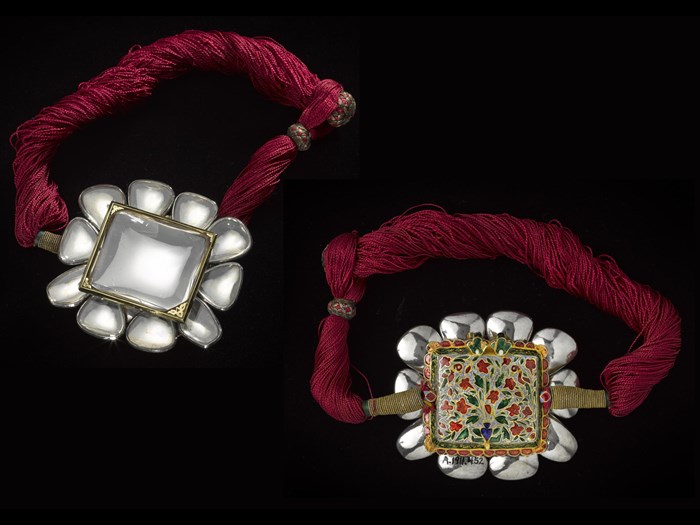14 Nov – 1 Mar 2015
10:00-17:00
Explore the changing relationships between Great Britain and India during the 18th and 19th centuries through the lives of two men with very different experiences of British imperial rule: Captain Archibald Swinton and Maharaja Duleep Singh.
About the exhibition
See the intricate miniature paintings from the 18th century collected by Captain Swinton, and the beautifully crafted 19th century jewellery once owned by Maharaja Duleep Singh, alongside a newly commissioned painting by renowned British artists The Singh Twins.
The Scot Archibald Swinton (1731-1804) served in the East India Company’s army at the beginning of its military expansion in India. The Mughal rulers and court officials with whom he came into contact are documented through the exquisite miniature paintings acquired in Bengal.
Highly decorative jewellery from the Sikh court in Lahore is displayed, once belonging to Maharaja Duleep Singh (1838-1893). Duleep Singh became the first resident Sikh in Britain after he, at the age of 10, had to surrender the Sikh Punjab and all his treasures to the East India Company.

Maharaja Duleep Singh’s personal possessions
The exhibition also explores how complex histories can be reassessed today. In Casualty of War, a contemporary work completed in the miniature painting tradition, artists The Singh Twins reflect on their personal view of Duleep Singh’s life and on their own Sikh heritage in Britain today.
Visit the National Museum of Scotland website.
